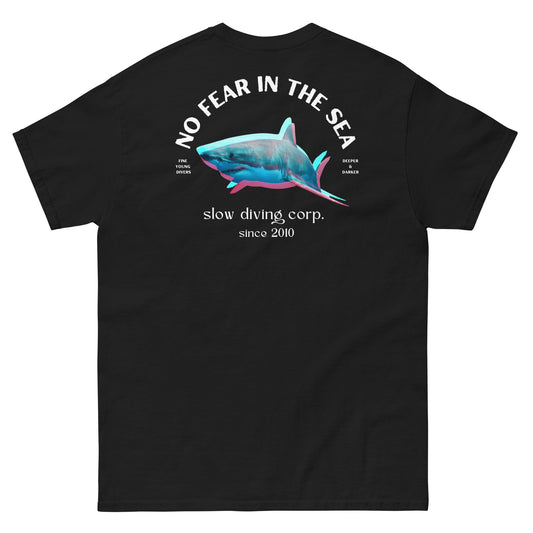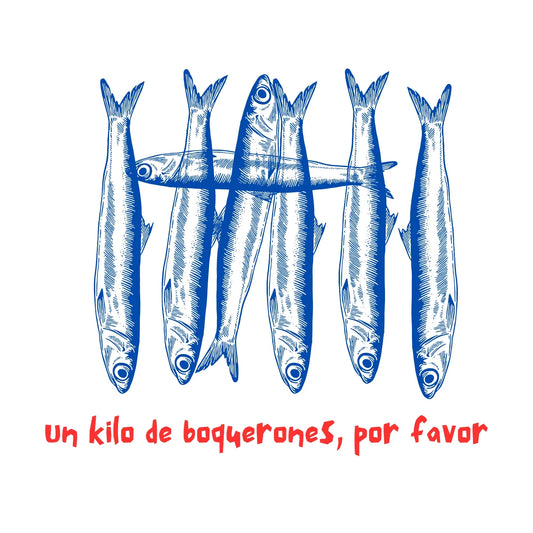The sea turtles belong to the superfamily of Chelonioidea that includes two families: Dermochelyidae and Cheloniidae with seven species. Some species live in almost every ocean except the Artic and make great migrations like the green sea turtle, the loggerhead sea turtle and the leatherback sea turtle. Other species have a much more limited habitat as the olive ridley turtle, while the flatback sea turtle is endemic of the northern coast of Australia.
By the way, did you know we have a collection of sea turtle sweatshirts and T-shirts? Among them is this green turtle women's T-shirt.
Sea turtles can live up to 200 years. They are fast swimmers and can reach speeds of 27 km/h to 35 km/h in the sea. They also have a neck with 8 vertebrae and some may retract into the shell but it generally has little mobility.
Sea turtles do not have teeth. Instead they have sharp beaks at the tip of they mouth. They do not have external ears but in contrast have a very efficient inner ear.
The sea turtle can hold their breath for about 10 minutes, then they have to rise to the surface to breathe.
Sea turtle species
Green turtle
The green sea turtle (Chelonia mydas) inhabits tropical and subtropical coastal waters worldwide. Its name comes not from the color of the shell, which is brown or olive depending on its habitat, but from the greenish color at the bottom of the shell given by the fat it secretes. Green sea turtles can weight of up to 315 kilos, in fact is among the largest of the sea turtles. To distinguish the green turtle from other sea turtles look at the top of the shell. It is composed of five central shields flanked by four on both sides. The bottom has four pairs of inframarginal shields.
Leatherback sea turtle

The leatherback turtle (Dermochelys coriacea) is the largest sea turtle, weighing between 300 and 600 kilos. This turtle is easily identifiable by its huge teardrop-shaped carapace longitudinally narrowed by path crests. Their front flippers are also unique among sea turtles, they can reach a length of 2 meters.
These turtles feed mainly on jellyfish and are able to eat up to 100 a day, being the best remedy against jellyfish plagues.
Hawksbill sea turtle

The hawksbill turtle (Eretmochelys imbricata) is a small turtle with a maximum length of 90 centimeters and a weight of 80 kilos. The most defining physical characteristic of this turtle is its beak-shaped mouth used to get to the sponges, their main food, through the coral reefs where they live. The degradation of coral reefs, their habitat when reach adulthood, has put this turtle in a critic situation.
Loggerhead sea turtle
The loggerhead turtle (Caretta caretta) is the third largest sea turtle after the green sea turtle weighting up to 130 kilos. These turtles have the greatest diving skills amongst turtles as they can spend up to 85% of the time under water, being able to be submerged between 15 to 30. A curious feature of these turtles is that in the shells of adults, up to 100 species of animals and 37 types of algae find their habitat and travel on their back around the world.
Kemp's Ridley sea turtle
The Kemp's Ridley sea turtle (Lepidochelys kempii) is the most endangered species of sea turtle, to the point of being near extinct in the 1970's.
This turtle, the second smallest of the sea turtles, inhabits the Atlantic coast of America, from the nort of the United States to Venezuela. A curious behavior of the Kemp's ridley sea turtle is that 95% of the females return year after year to nest on one beach in the Mexican state of Tamaulipas and they do it all at the same time!

Kemp's ridley sea turtles moments after hatching looking for the sea. Pic by qnr
Olive Ridley sea turtle
The olive ridley (Lepidochelys olivacea) is one of the smallest sea turtles as they can only weigh up to 50 kg. Although considered the most abundant turtle species its population is declining dramatically due to the loss of their nesting sites. This turtle, like the Kemp's ridley sea turtle, has a synchronized nesting behaviour. More than 600,000 females where recorded in 1991 arriving at the same beach in India during a single week.
Flatback sea turtle
The flatback sea turtle (Natator depressus) is a sea turtle endemic to Australia and Papua New Guinea but also delves into Indonesian waters, though it nests only in Australia. The flatback sea turtle lay their eggs on the same beach where they were born, laying up to 75 eggs per clutch every 3 years.





















